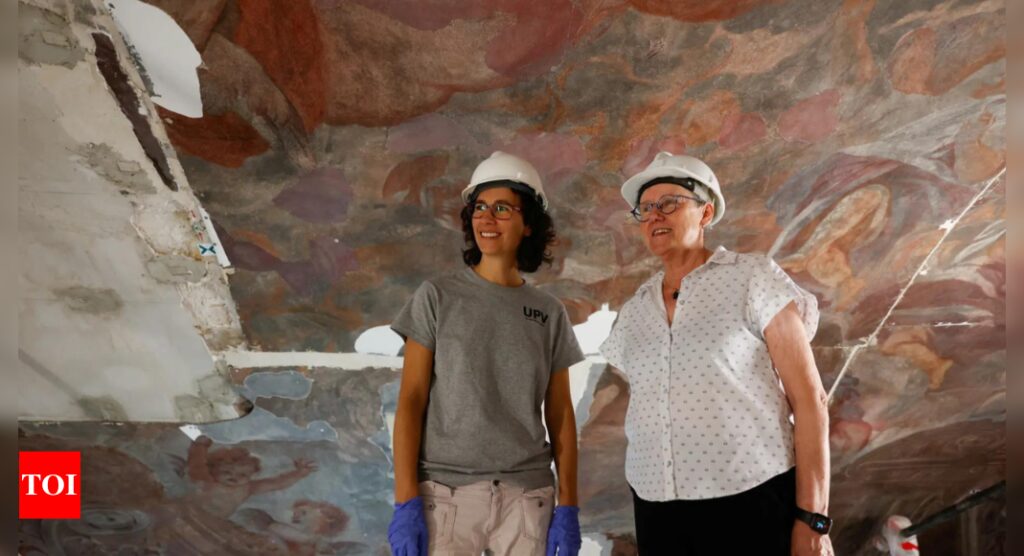

VALENCIA: Spanish microbiologist and an art conservationist are collaborating on a project using bacteria to restore historic paintings in Valencia. Pilar Bosch, a microbiologist, discovered a method for using bacteria to clean frescoes while she was researching for her PhD in 2008. At the same time, her mother, Pilar Roig, was working to restore 18th-century paintings by Antonio Palomino in the Santos Juanes church, where she faced difficulties removing glue applied during previous restoration efforts.
“My mother had a very difficult problem to solve and I found a paper about bacteria used to clean frescoes in Italy,” Bosch said. This led Bosch to pursue her PhD on the topic and, over a decade later, they have teamed up on a €4-million project funded by local foundations. Bosch trains bacteria by feeding them samples of the glue, which is made from animal collagen, causing the bacteria to produce enzymes that break down the glue.
The team applies the bacteria mixed with an algae-based gel to the paintings. After three hours, the gel is removed, taking the glue with it and revealing clean artwork. “In the past, we used to work in a horrible manual way, with warm water and sponges that took hours and damaged the painting,” said Roig, who comes from a family of art conservators.
Bosch has also used bacteria for restoration projects in Italy and northern Spain and is now working on clearing graffiti from walls.





